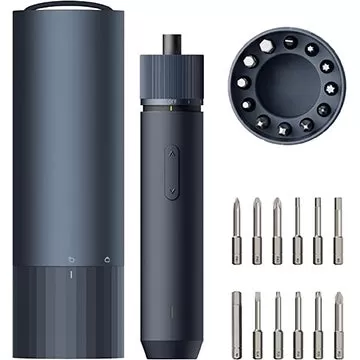"Tempest Rising: A Nostalgic '90s RTS Experience"
The moment I launched the Tempest Rising demo, a wave of nostalgia washed over me. The opening cinematic, with its delightfully cheesy dialogue from armored soldiers and a reedy scientist, set the perfect tone. Accompanied by evocative music, a nostalgic UI design, and familiar units, the game transported me back to my high school days, fueled by Mountain Dew, taco-flavored Pringles, and late-night sessions of Command & Conquer. Experiencing this classic RTS vibe in a modern setting is thrilling, and I'm eager to see what Slipgate Ironworks has planned for the full release and beyond. Whether engaging in Skirmish mode against cunning AI bots or diving into Ranked Multiplayer, playing Tempest Rising feels as natural as slipping on a well-worn baseball glove.
This nostalgic feeling is no mere coincidence. The developers at Slipgate Ironworks intentionally crafted Tempest Rising to evoke the essence of 90s and 2000s RTS classics, while incorporating modern quality-of-life enhancements. Set in an alternate 1997 where the Cuban Missile Crisis escalated into World War 3, the game's world is marked by nuclear devastation and the emergence of mysterious, energy-rich flowering vines. These vines herald a new era of power, ripe for those brave enough to harvest them amidst the fallout.
Tempest Rising Screenshots

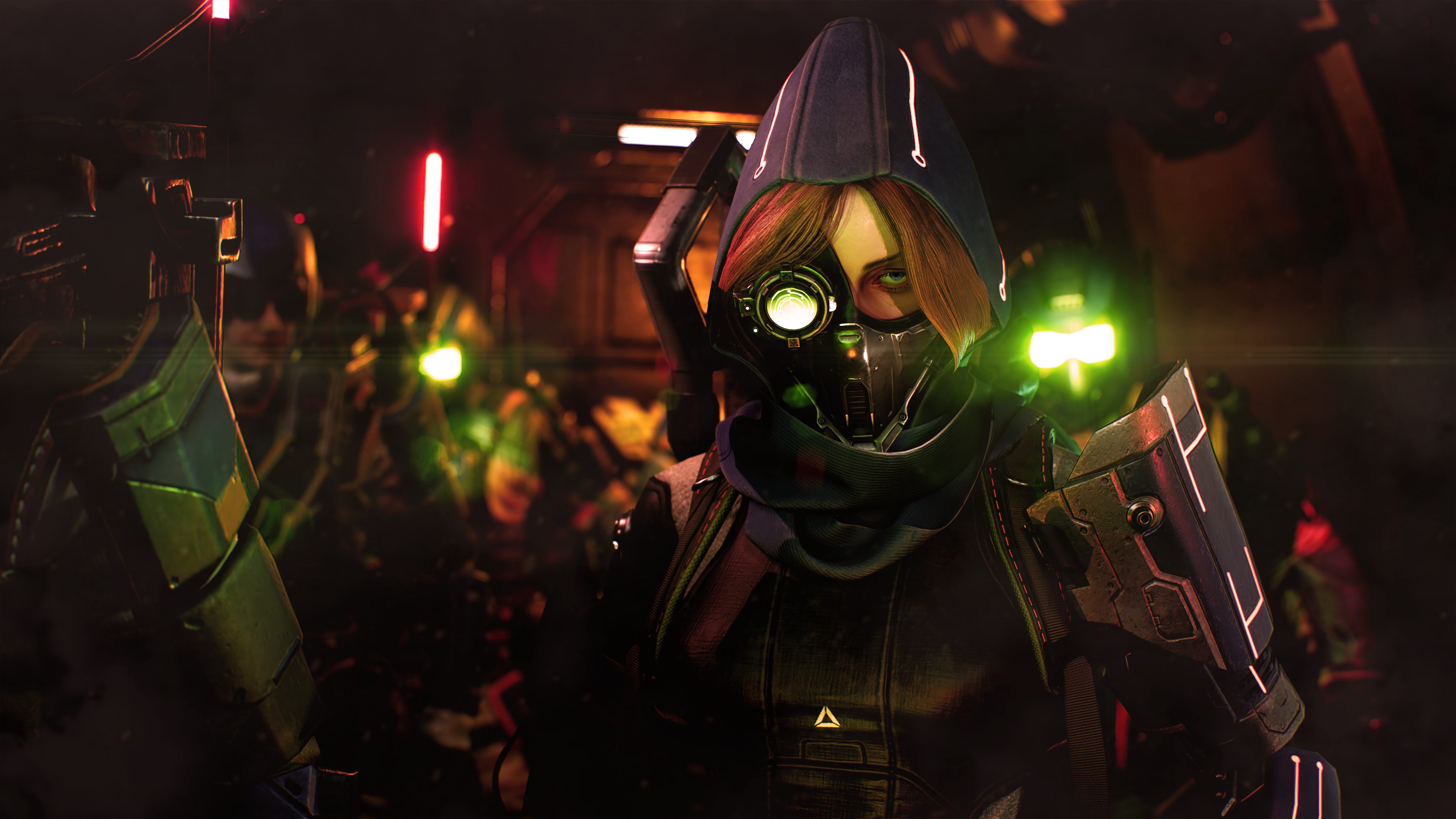 8 Images
8 Images
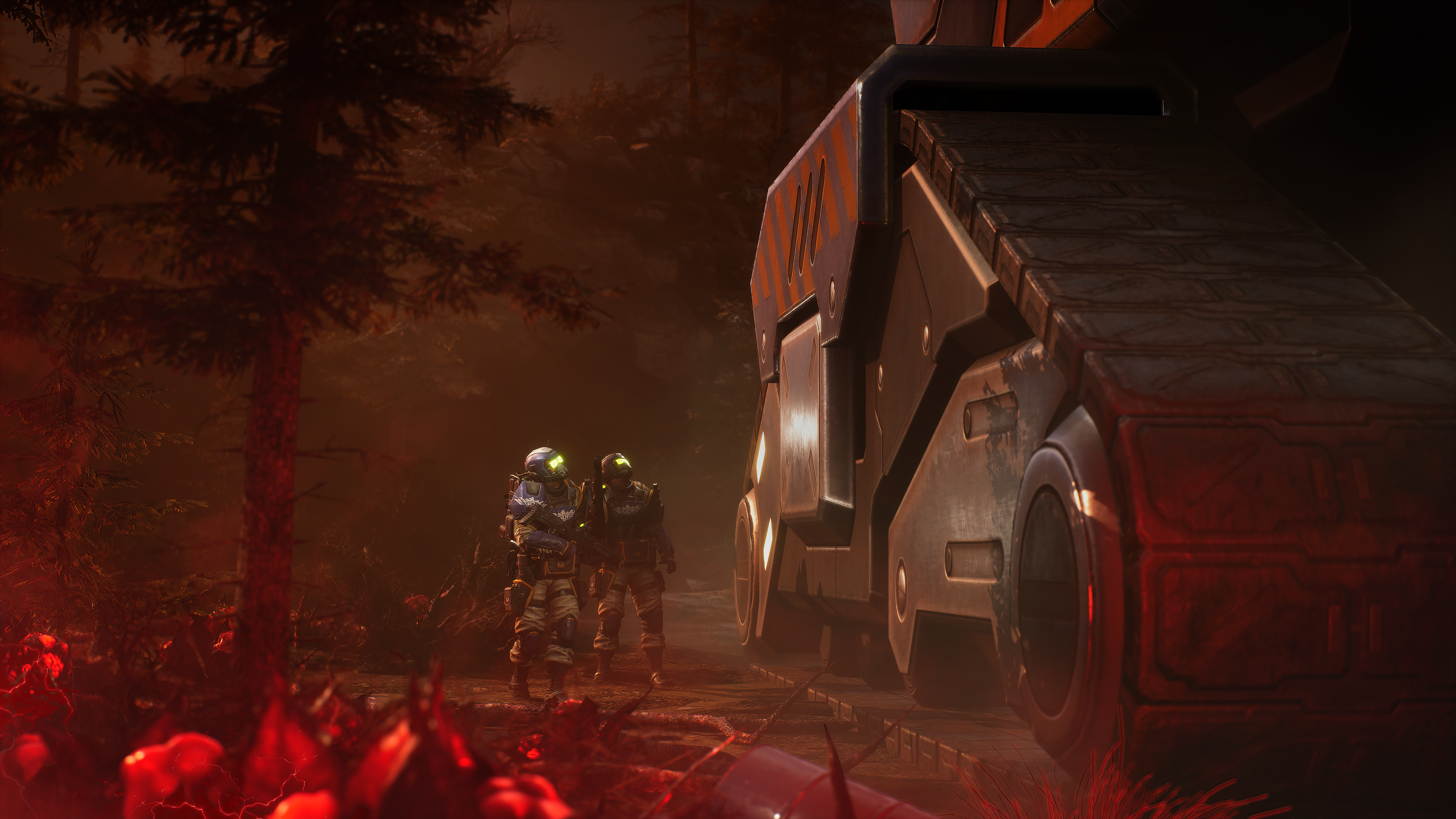
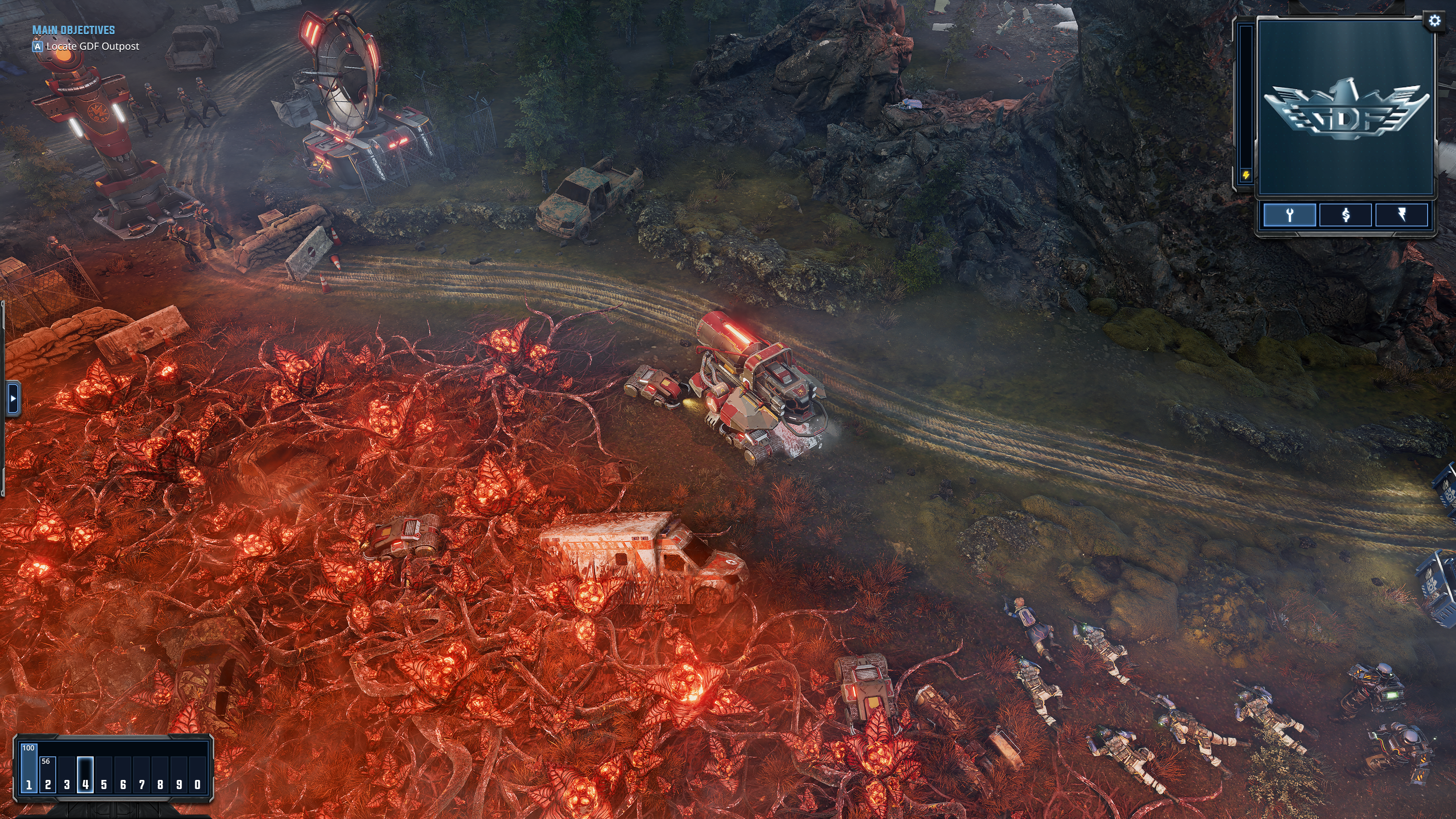
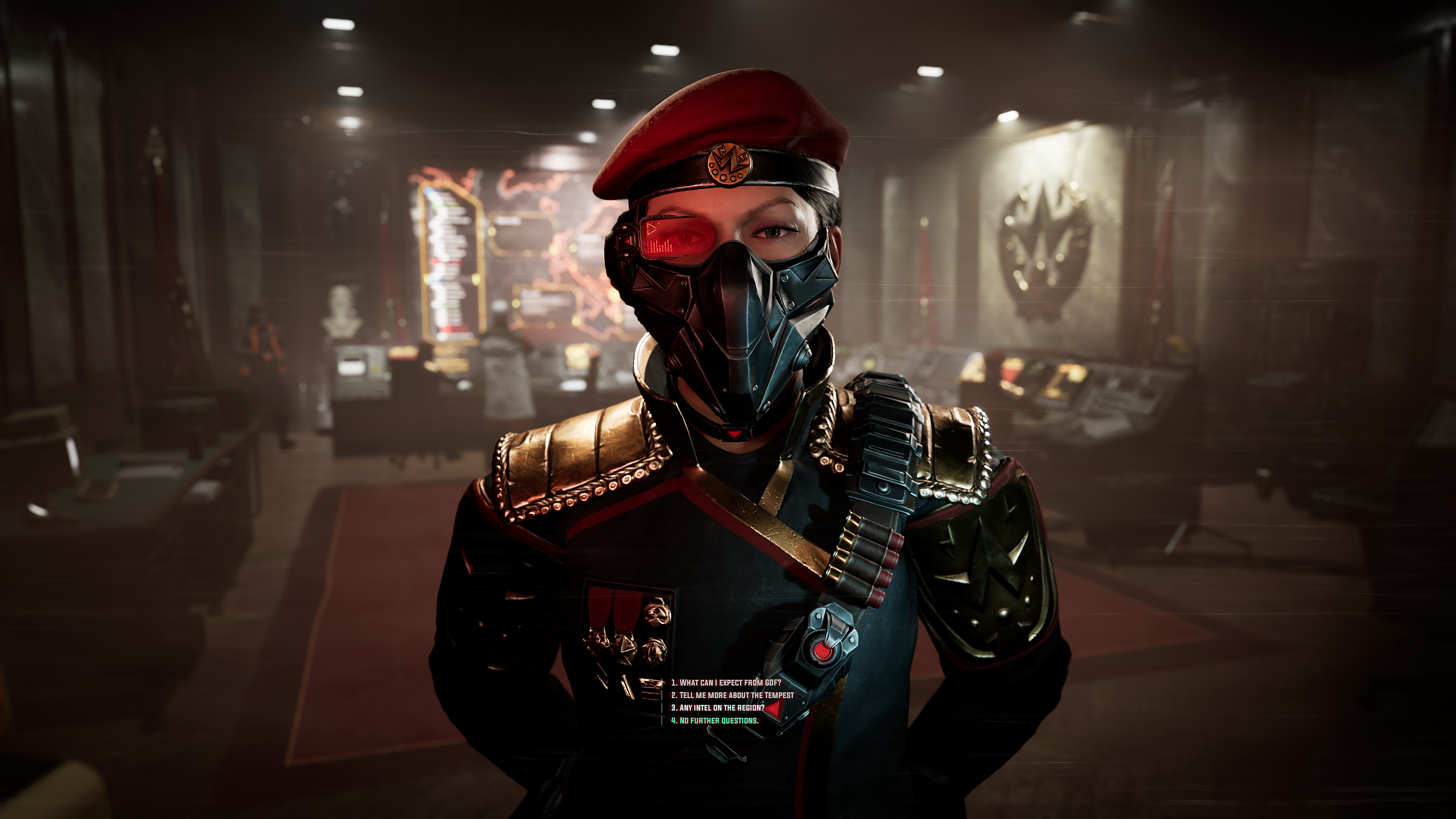 Since the build I played was exclusively focused on multiplayer, I eagerly anticipate the story mode, which will feature two replayable 11-mission campaigns, each representing one of the main factions available in the preview: the Tempest Dynasty (TD) and the Global Defense Forces (GDF). The Tempest Dynasty, an alliance of Eastern European and Asian countries devastated by WW3, particularly caught my attention. Not only can they deploy the amusingly named 'death ball' vehicle, the Tempest Sphere, which crushes enemy infantry, but they also leverage 'plans' to activate faction-wide bonuses. These plans, accessible from the Construction Yard, require additional power generation but offer versatile strategic options with a mere 30-second cooldown for switching.
Since the build I played was exclusively focused on multiplayer, I eagerly anticipate the story mode, which will feature two replayable 11-mission campaigns, each representing one of the main factions available in the preview: the Tempest Dynasty (TD) and the Global Defense Forces (GDF). The Tempest Dynasty, an alliance of Eastern European and Asian countries devastated by WW3, particularly caught my attention. Not only can they deploy the amusingly named 'death ball' vehicle, the Tempest Sphere, which crushes enemy infantry, but they also leverage 'plans' to activate faction-wide bonuses. These plans, accessible from the Construction Yard, require additional power generation but offer versatile strategic options with a mere 30-second cooldown for switching.
This strategic flexibility is also evident in the Dynasty's resource gathering. Instead of establishing a fixed Refinery like the GDF, the Tempest Dynasty uses mobile Tempest Rigs that harvest resources until depletion and then move on. This approach simplifies my favorite 'fast expand' strategy, allowing rigs to harvest far from the base without detection, ensuring a steady income.
The Dynasty's Salvage Van adds another layer of tactical depth. It can repair nearby vehicles or switch to Salvage Mode, destroying vehicles to reclaim resources, a strategy I relish using to ambush unsuspecting opponents and bolster my own resources.I relish using the Salvage Van to ambush unsuspecting opponents, destroying their vehicles to both weaken their forces and claim their resources for myself.The Dynasty's power plants can switch to 'Distribution Mode,' boosting construction and attack speeds of nearby buildings, albeit at the cost of taking damage. This feature, while risky, can be a game-changer in crucial moments, automatically deactivating to prevent self-destruction.
While I'm drawn to the Tempest Dynasty, the GDF offers compelling gameplay with its focus on buffing allies, debuffing enemies, and controlling the battlefield. My favorite GDF synergy involves the Marking mechanic, where certain units can mark enemies, causing them to drop Intel upon defeat, which is used for advanced units and structures. With the right Doctrine upgrades, marked enemies suffer various debuffs, enhancing the GDF's strategic depth.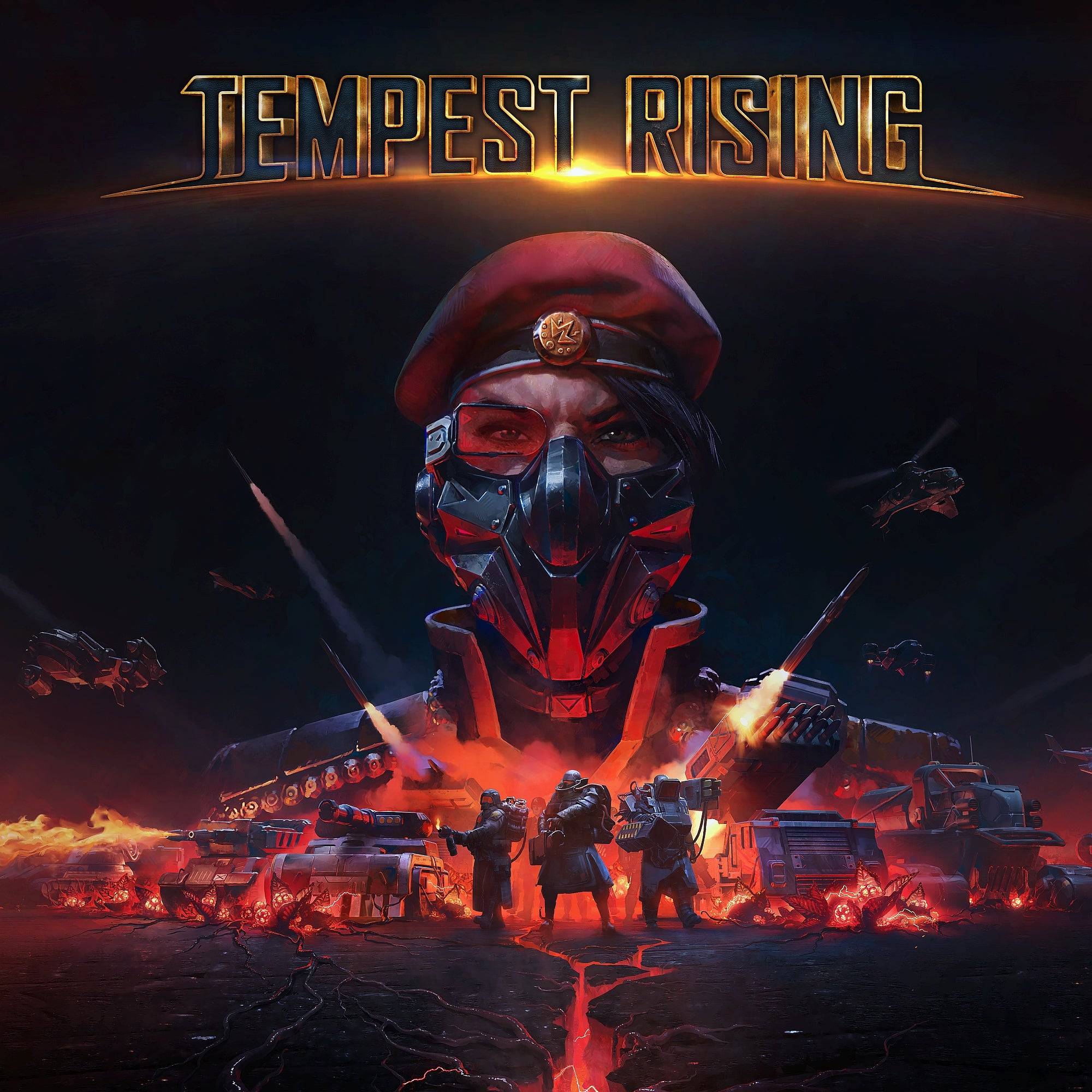 Tempest Rising3D Realms WishlistEach faction explores three tech trees, shaping their strategic focus. The GDF's 'Marking & Intel' tree and the Dynasty's 'Plans' tree are just the beginning. Advanced buildings unlock cooldown abilities that can turn the tide of battle, from area damage to spawning extra troops. The GDF's unique abilities include spy drones, remote building beacons, and temporarily disabling enemy vehicles.
Tempest Rising3D Realms WishlistEach faction explores three tech trees, shaping their strategic focus. The GDF's 'Marking & Intel' tree and the Dynasty's 'Plans' tree are just the beginning. Advanced buildings unlock cooldown abilities that can turn the tide of battle, from area damage to spawning extra troops. The GDF's unique abilities include spy drones, remote building beacons, and temporarily disabling enemy vehicles.
There's much more to explore, and I'm excited for the full release, which will include Custom Lobbies for teaming up with friends against the clever AI bots. Until then, I'll continue my solo battles, crushing bot enemies with swarms of death balls.








